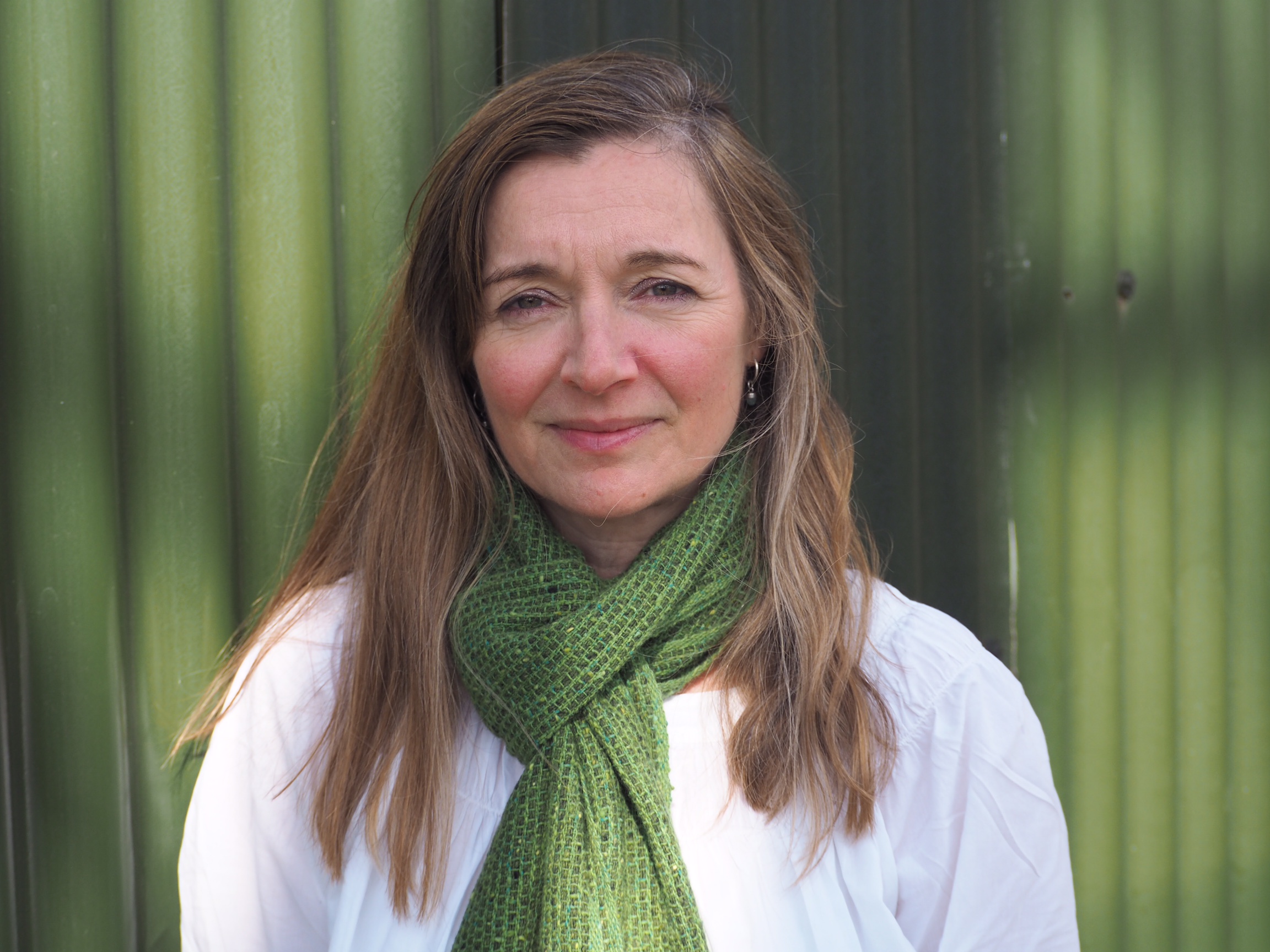'Fences have blocked wildlife corridors, causing the wildebeest migration to collapse from 140,000 individuals to fewer than 15,000': Is the opening of the Ritz-Carlton in Kenya’s Masai Mara National Reserve a cause for celebration or concern?
In Kenya's iconic Masai Mara region tourism is an important and necessary part of the economy, but the arrival os several large hotel groups — including Ritz-Carlton — have some on edge.
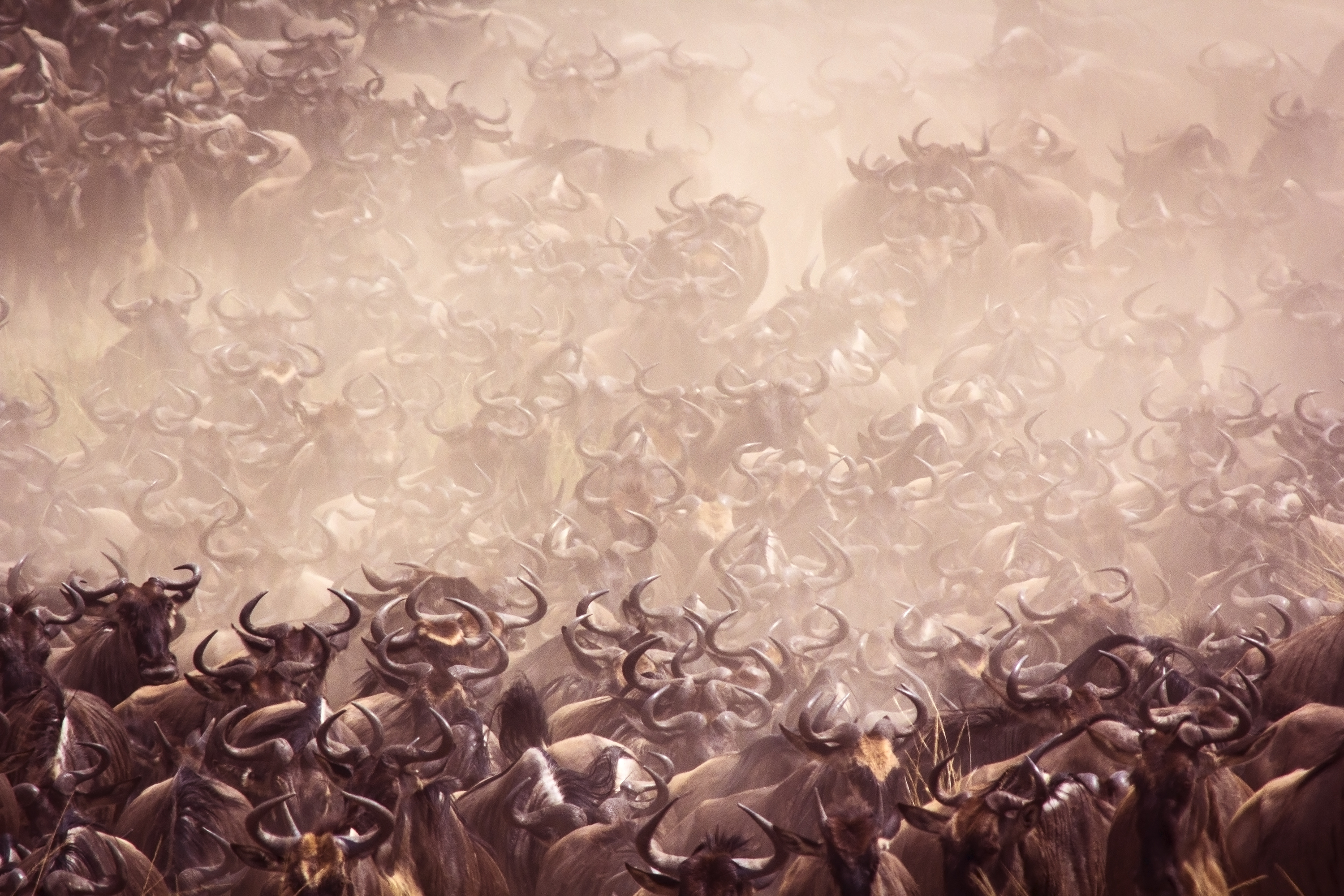

If, like me, you have had the privilege of going on safari in Kenya — of watching rhino barrel through the bush, leopard cubs bounce through the grass, hyena limp around a herd of grazers and browsers, the whole circle of life under an inconceivably vast sky — the news that Marriott is to open a Ritz-Carlton in the Masai Mara National Reserve this August may have set alarm bells ringing.
The new Ritz-Carlton, Masai Mara Safari Camp — developed with Kenya’s Lazizi Group — will join a collection of more than 120 ‘ultra-luxe yachts, curated retreats, branded residences and all-inclusive resorts’ that are in turn part of a US-based global conglomerate encompassing more than 9,300 properties across 30 brands. It will be raised on stilts beside the Sand River, offering a ‘front-row seat at the Great Migration’, steps from the Tanzanian border. It will ‘usher in a new era of luxury hospitality’ with 20 tented suites, each with its own infinity plunge pool, indoor and outdoor shower and private butler, as well as access to a spa, gym and swimming pool, wine cellar and Canon photographic studio, at rates starting from $3,500 per person per night.
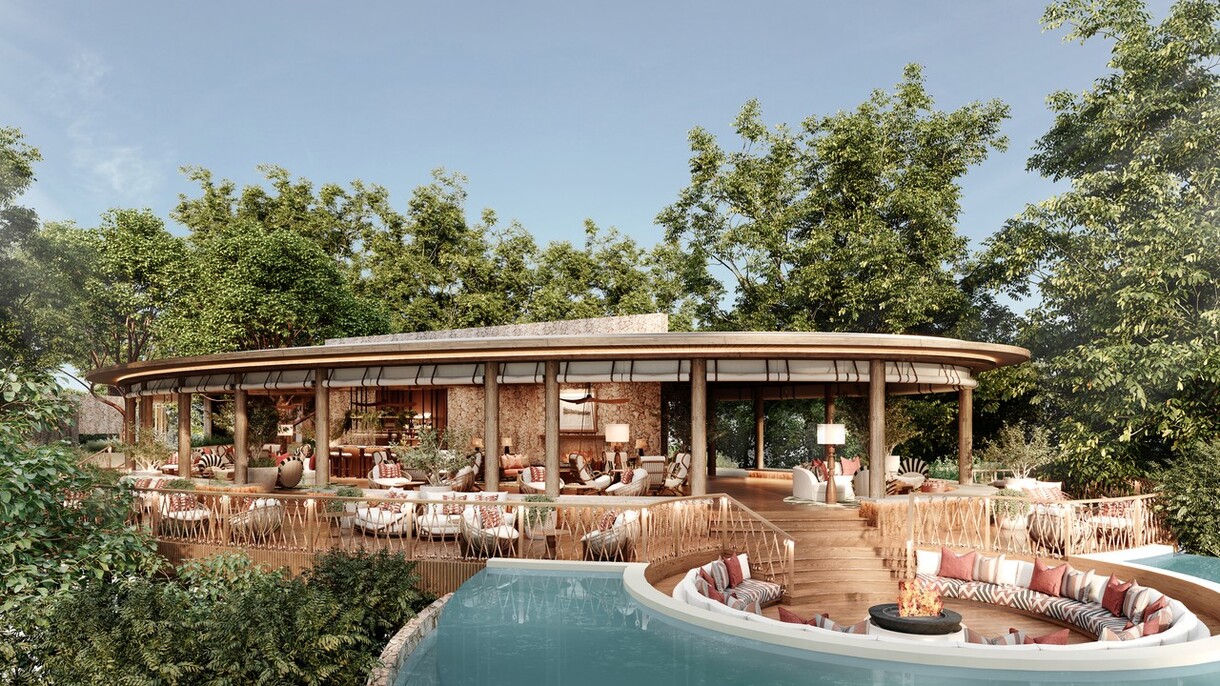
A CGI of one of the new Ritz-Carlton's open-sided communal spaces.
But does the Masai Mara need more luxury? Aren’t smaller independent safari camps that are already part of the fabric of the area better adapted to navigating its particular challenges? Is this about short-term gain or long-term sustainability? Should there even be a new camp here in the first place?
These are timely questions because the Ritz-Carlton is not the only big-brand hotel to be muscling in on the Kenya safari scene. It follows the 20-suite JW Marriott Masai Mara Lodge (which opened on Masai community land outside the reserve in 2023) and the Olare Mara Kempinski Masai Mara, a 12-suite camp on a private conservancy that launched in 2013, one year after the colossal 77-room Four Seasons Safari Lodge Serengeti over the border in Tanzania. Another new JW Marriott, the Mount Kenya Rhino Reserve Safari Camp — a 20-tent ‘sanctuary’ scheduled to open in 2026 on Solio, a 19,000-acre privately owned rhino conservancy in Northern Kenya where previously there was only one five-cottage lodge — suggest there will be more to come, and not just in the Masai Mara.
Tourism in Kenya can undoubtedly be a force for good. In 2024, says the Ministry of Tourism and Wildlife, it accounted for 10% of GDP and 1.6 million jobs. Four years after the onset of Covid, it experienced a period of ‘remarkable growth’, recording 2,394,376 international tourist arrivals, up 14.6% from 2023, and domestic bed occupancy numbers of 4,618,094, an increase of 12%. These jobs support families and wider communities, while park and conservation fees protect wildlife and community contributions and donations help to build livelihoods, schools and clinics, further incentivising local communities to protect landscapes and animals instead of engaging in activities — wheat-farming, overgrazing, fencing, charcoal burning or poaching — that harm them.
So isn’t the arrival of these big new players a cause for celebration, further raising the profile of Kenya’s wildlife areas, opening up the safari experience to travellers who might not otherwise have considered it?
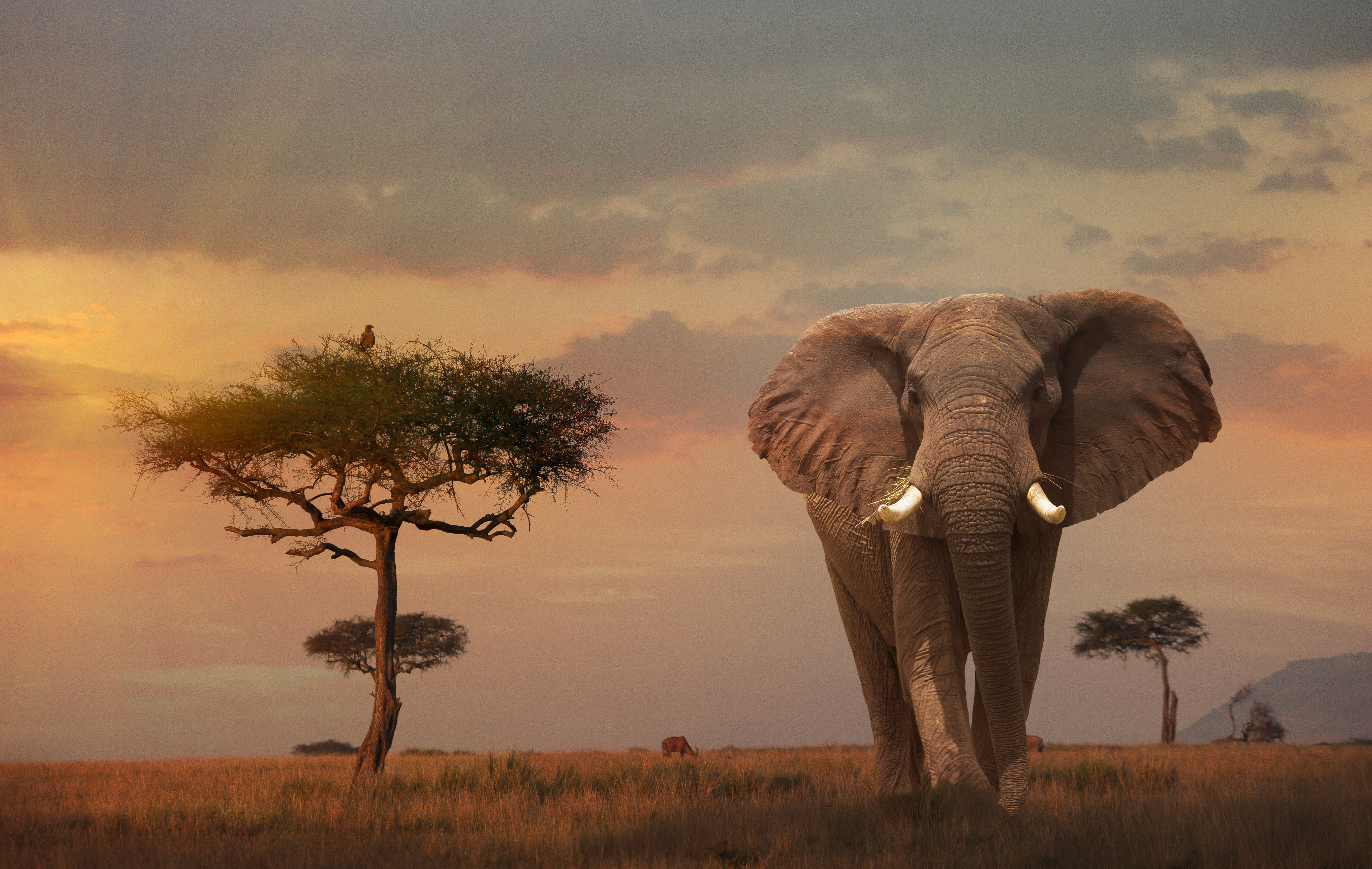
The Mara's bull elephants can weigh up to six tonnes and measure 3.3m high at the shoulder.
It’s a delicate balance. While high-value is a good thing in ecologically sensitive areas, high-volume is not. Too many roads, beds and vehicles can be disastrous, degrading landscapes, destroying habitats and disrupting millennia-long migratory patterns. And if any area could be described as ecologically sensitive, it’s the Masai Mara — home, with the Serengeti, to the Great Migration, when more than 1.5 million wildebeest, along with hundreds of thousands of zebras and Thomson’s gazelles, drift north with the rains, cascading through the Mara and other rivers with crocodiles, lions and other predators at their heels. It’s a natural wonder of the world, an extraordinarily precious resource. As Squack Evans, a Zimbabwean-born guide with bespoke tour operator Journeys by Design says: ‘You’ve got to look after the golden goose. If you don’t, it’s eventually going to die.’
According to a March 2025 report by the Greater Serengeti Conservation Society — a collective of Tanzanian, Kenyan and international conservation professionals and scientists, including representatives from the Narok County Government, Mara Conservancy and Maasai Mara Wildlife Conservancies Association — the current level of tourism pressure on the Serengeti National Park and Maasai Mara National Reserve is unsustainable. ‘Mass tourism in the core area and immediate surrounding is already impairing the ecological integrity and values of the ecosystem,’ states the report, ‘particularly the wildebeest migration.’
The report’s principle recommendation for tourism is to place restrictions on the infrastructure, including the numbers of ‘available beds inside the core protected area’ and ‘vehicles simultaneously allowed in protected areas’.
One way to achieve this, suggests Evans, would be to limit developers to taking over existing camps and lodges that are struggling to make ends meet, make them stick to the same number or fewer beds, but raise their value. ‘It’s a pretty simple equation,’ he explains. ‘You fix a sustainable number of bed-nights in the core area, then try to push up the value of each bed-night to the ecosystem as much as possible.’
At the moment, though, the townships that have sprung up with tourism on the reserve’s borders continue to sprawl and the number of camps continues to grow. There are now at least 7,000 beds across 290 lodges and camps in the Greater Mara Ecosystem, and an estimated 1,000 vehicles per day in the Masai Mara National Reserve during the busy season. ‘It’s not uncommon to have so many vehicles around a cheetah that it will feel too intimidated to hunt,’ says Evans. ‘If it does manage to make a kill, it will have a multitude of vehicles rushing in on it at high speed, revving and making lots of noise. Nine out of ten times it’s going to get spooked.’
This overtourism is compounded by other pressures, not least the growing population surrounding the Greater Serengeti Mara Ecosystem which, says the report, ‘has doubled over the past 20 years, and is projected to double again in the next 20’. Fences have blocked wildlife corridors, causing, for example, the wildebeest migration from the Loita Plains north of the Masai Mara to collapse from 140,000 individuals to fewer than 15,000. Unauthorised night-time grazing inside the reserve has led to cattle being killed by lions, lions being poisoned, and vulture populations declining by more than 90%.
The management of the Greater Mara area is complex. The 1,510km² Masai Mara National Reserve is governed by the Narok County Government east of the Mara River and the Mara Conservancy on behalf of the Trans-Mara County Council to the west, while private conservancies, run by the Masai in partnership with various tourism companies, contribute another 2,000km² of protected land. All have a remit to protect wildlife and communities. Given the pressures on the Masai Mara National Reserve in particular, a moratorium on building was formalised in the current Management Plan for 2023-32, prescribing ‘no new tourism accommodation developments and no expansion of existing bed capacity permitted in all MMNR zones’.
So, should the new Ritz-Carlton be here?
‘We recognise the sensitivity around the moratorium on new lodges and camps in the Masai Mara National Reserve, and we respect the importance of preserving this globally significant ecosystem,’ says Helen Leighton, Marriott International’s vice president for luxury brands in the EMEA region. ‘The Ritz-Carlton’s presence in the reserve was approved prior to the moratorium and has been developed in close coordination with local authorities, regulatory bodies and conservation stakeholders.’
The other question is, will the camp be doing enough for conservation and communities — beyond its stated commitments to sustainable design and operation and supporting the local community, through partnerships with builders, artisans and guides, for instance?
One of the camp’s focuses is on ‘capacity-building’, says Leighton — ‘working with local conservationists, rangers and youth to help build guardianship of the land from within.’ Crucially, the camp is also ‘currently in discussions with stakeholders around conservation financing, including potential revenue-sharing models to support wildlife protection and community initiatives. As the property grows, it aims to expand its impact, whether by supporting rewilding efforts, conservation research or education programmes that deepen understanding of this delicate ecosystem.’
Marriott won’t yet commit a percentage of revenue, but investing in new land for the benefit of both wildlife and people does seem to be central to the long-term future of the area. ‘Every tourism operation should be putting a percentage of their gross revenue into leasing land for new conservancies, above and beyond the conservation fees, thereby improving the lives of the landowner community, and giving value to wildlife so that biodiversity competes with all other land uses,’ believes Calvin Cottar, a Kenya Professional Safari Guides Association (KPSGA) Gold Guide, co-owner of Cottars Safaris, and a respected voice for conservation. ‘The key lies in opening up new areas on the edges of the Mara that have the potential to become thriving wildlife and livestock landscapes and bring revenue to communities who are currently not benefiting from tourism,’ says Lippa Wood, joint owner of House in the Wild.
The bottom line is that tourism in Kenya’s wildlife areas can’t just be a commercial transaction. As Wood says: ‘The arrival of global brands brings opportunity and responsibility, calling for greater care and collaboration in how we grow.’ Or as Ken Kimani at Ol Pejeta puts it: ‘We welcome the growth and diversification of Kenya’s tourism sector, including the entry of major international hotel brands. It is a reflection of the country's global appeal and potential for economic growth. However, it also demands a greater shared responsibility to ensure that development aligns with conservation priorities. The arrival of large hotel chains must be carefully managed within frameworks that safeguard Kenya’s unique natural heritage for future generations.’
Ultimately, wildlife conservation has to benefit the Kenyan people, or it will not win the groundswell of support it so desperately needs.
Tried and trusted
Cottars 1920s Camp, Olderkesi Conservancy, Masai Mara
This family business began life in 1919 offering big-game safaris, filming and photography, but it has evolved: current owners Calvin and Louise Cottar are co-initiators of the Cottar’s Wildlife Conservancy Trust, which leases 7,000 acres of Olderkesi Group Ranch land bordering the Masai Mara National Reserve for tourism and wildlife, paying fair rates and funding other benefits, including schools and training for female rangers. The nine-tent camp and five-bedroom villa are brilliant for families, with activities such as foraging with a resident Masai elder and a vulture experience in conjunction with the Kenya Bird of Prey Trust, as well as canvas bush baths at sunset.
From $1,146 per person per person per night, not including park and conservation fees
Sala’s Camp, Masai Mara National Reserve
Established in 2004, this seven-tent camp in the Masai Mara National Reserve is run by the family-owned Safari Collection, which also operates five other Kenyan properties, including Solio Lodge in Laikipia. Through its Footprint Trust, it is working with the Narok County Government on a black rhino conservation initiative that involves tagging and tracking more than 20 individuals in real-time, as well as the rollout of EarthRanger, a LoRaWAN platform that integrates data from wildlife-tracking devices, ranger patrols and vehicle movement to better manage the ecosystem. Both are coordinated from the Maasai Mara Conservation Centre ops room, also funded by the Footprint Trust, and opened by Governor Patrick Ole Ntutu last year.
From US$1,391 per person per night
House in the Wild, Naretoi Estate, Enonkishu Conservancy, Masai Mara
Since 2013, Tarquin and Lippa Wood have focused on bringing over-farmed and overgrazed land on the edge of the Greater Mara into conservation by rewilding their own estate Naretoi (1,000 acres) and working with the Masai on the neighbouring conservancies of Enonkishu (6,000 acres) and Mbokishi (10,000 acres), introducing a regenerative grazing model that simultaneously allows nature and wildlife to recover. Guests at this seven-cottage lodge and three Wild Villas have access to a wider 42,000-acre conservation area, vehicles are limited, and guides are ‘rewarded for their knowledge of and respect for the wildlife rather than getting the best tip’.
From $1,000 per person per night, plus plus conservancy fees of $130 per person per day
Ol Pejeta Conservancy, Laikipia
This 90,000-acre private conservancy — home to the last two Northern White Rhino on the planet — is held in trust for the Kenyan people and tourism and all about ‘participating in and contributing to the ongoing story of wildlife protection, habitat restoration and community empowerment’. The conservancy caps its number of beds at 250, monitors ecological impacts through the EarthRanger programme and works actively with other conservancies and the Kenyan Wildlife Service (KWS) to grow populations of endangered species such as black rhino in the framework of Kenya’s national rhino recovery plan. Its particular tourism model balances accessibility with exclusivity, offering experiences for domestic tourists and students alongside tailored, high-value experiences in 13 on-site lodges and camps.
From US$150 per person per night to $653 per person per night
Segera Retreat, Laikipia
Opened in 2013, this 10-villa retreat offers an ultra-deluxe safari experience that includes an on-site spa, gym, wine tower and gallery of world-class contemporary Africa art. Yet its owner, German entrepreneur Jochen Zeitz, founded it to rehabilitate a 50,000-acre ranch for wildlife and improve the lives of the communities who live on its edges, granting them the right to graze in the conservancy following a system of rotational grazing, and initiating the first all-women anti-poaching ranger academy in East Africa. Jochen is also the creator of the Zeitz Foundation which founded the Long Run, a global group of sustainable businesses designed to accelerate positive impact via the ‘4Cs’ of conservation, community, culture and commerce, which now has 13 members in Kenya.
Lisa Johnson is a London-based travel writer, editor and translator with a particular interest in art, heritage and sustainability. She is a regular contributor to The Times, Times Luxx and Conde Nast Traveller and has been visiting Kenya and East Africa since 1995.
-
 The Glovebox: Return of the Bentley Supersports, the ultimate rural Range Rover and the car collection fit for The King
The Glovebox: Return of the Bentley Supersports, the ultimate rural Range Rover and the car collection fit for The KingA century after it was the first Bentley to top 100mph, the Supersports is back and looking better than ever.
-
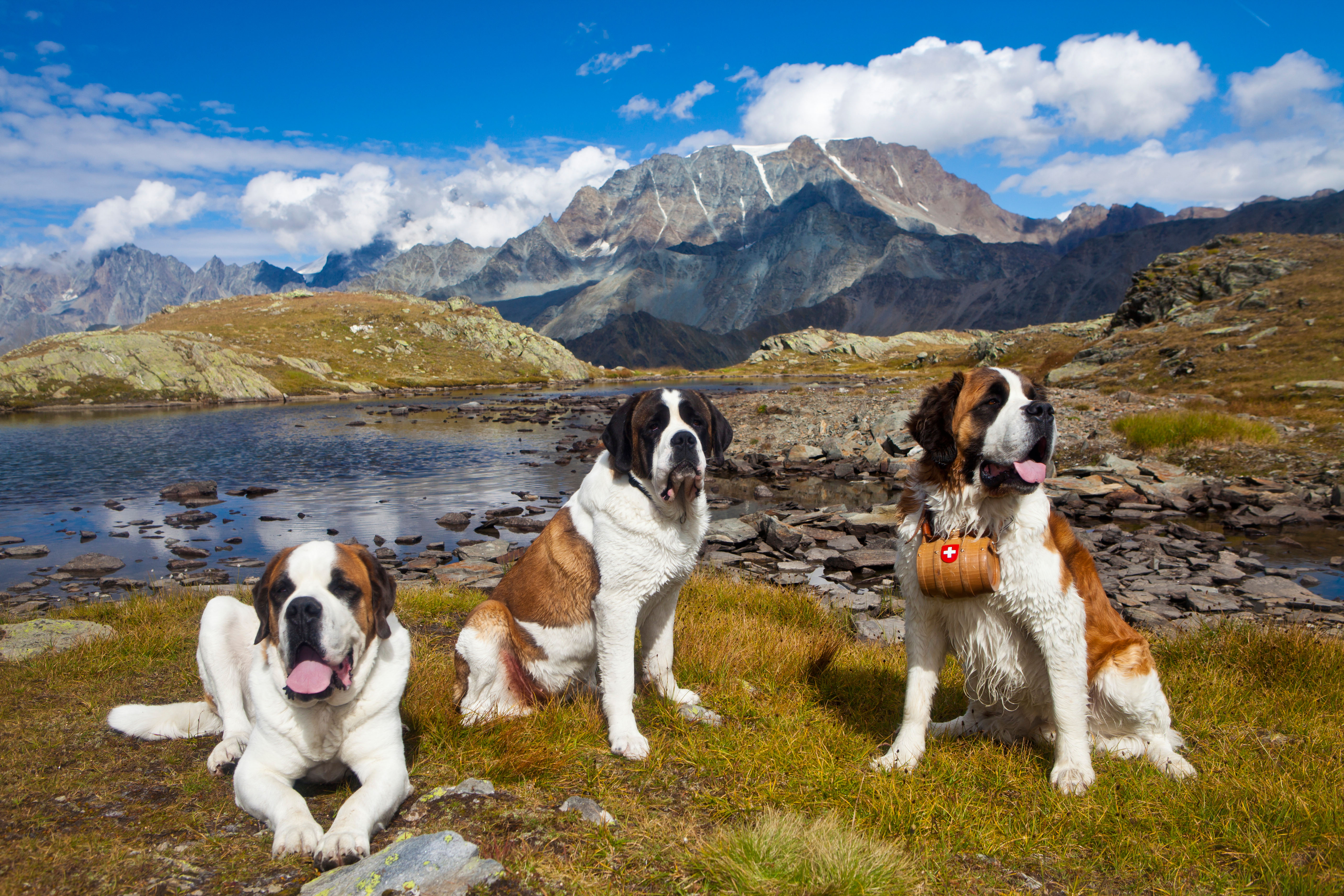 The Alpine rescue dog built for blizzards, bred by monks
The Alpine rescue dog built for blizzards, bred by monksAs snow fell across the UK this week, I found myself day-dreaming of St Bernards striding through the Alps — a snow-day dog worth celebrating.
-
 'The night smells like engine oil… and money': How Singapore’s glittering night race paved the way for a new era of city-centre Grands Prix
'The night smells like engine oil… and money': How Singapore’s glittering night race paved the way for a new era of city-centre Grands PrixIt's the Las Vegas Grand Prix this weekend, but it and other city-centre Grand Prix would be nothing without trailblazing Singapore. Natasha Bird explains how the city state got it so right.
-
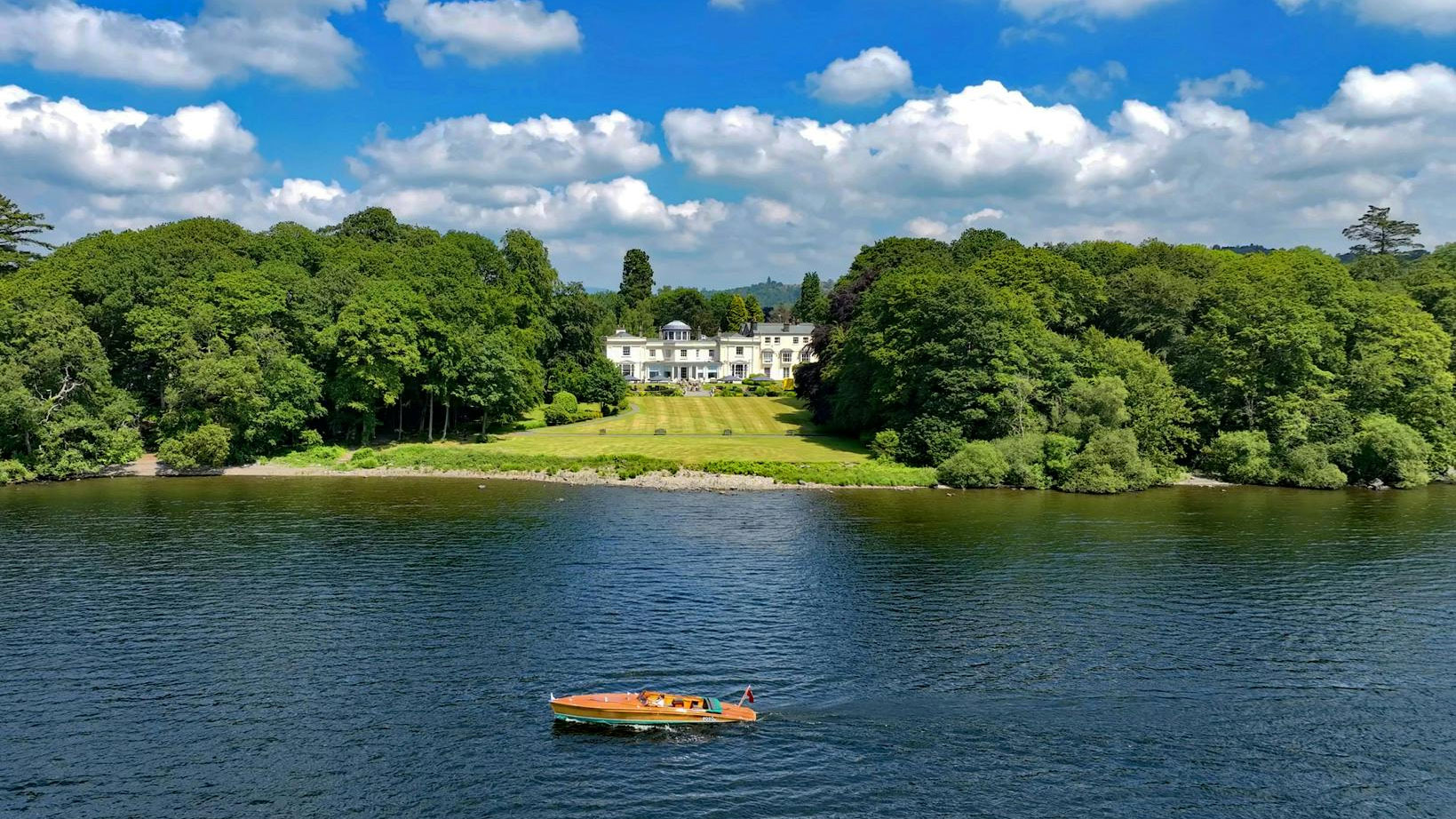 Storrs Hall: A glimpse of what a trip to Lake Windermere ought to be
Storrs Hall: A glimpse of what a trip to Lake Windermere ought to beLake Windermere — the largest stretch of water in the Lake District — is a tourist mecca that can often feel crowded, but head to places like Storrs Hall and you can still find the beauty and seclusion that first drew people here. Toby Keel takes a look.
-
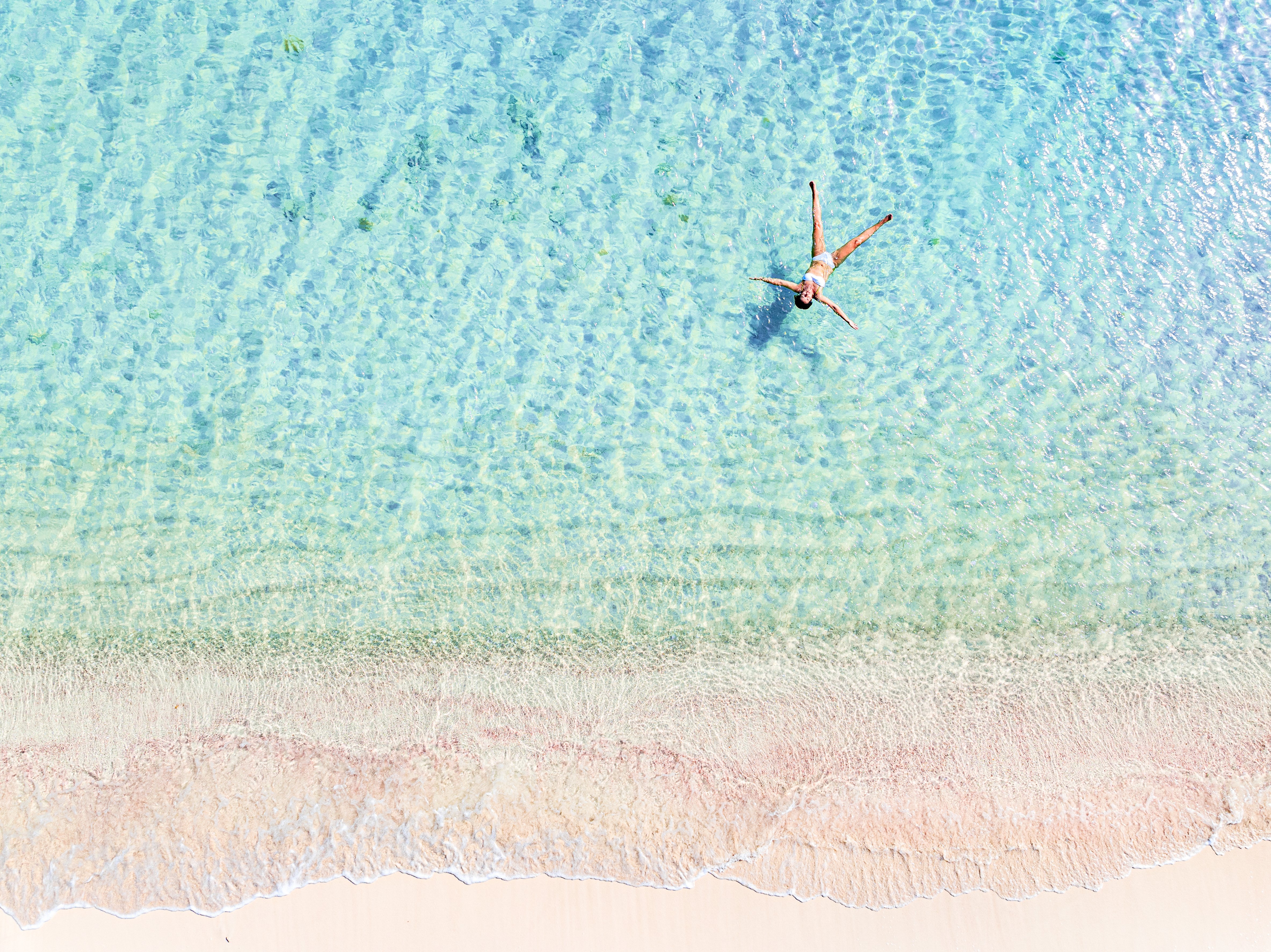 ‘For several days between Christmas and New Year, the departures lounge at Heathrow Terminal 5 becomes busier than Daylesford HQ’: A snob’s guide to winter sun
‘For several days between Christmas and New Year, the departures lounge at Heathrow Terminal 5 becomes busier than Daylesford HQ’: A snob’s guide to winter sunAnyone in their right mind abandons ship after Christmas for some winter sun, says Sophia Money-Coutts
-
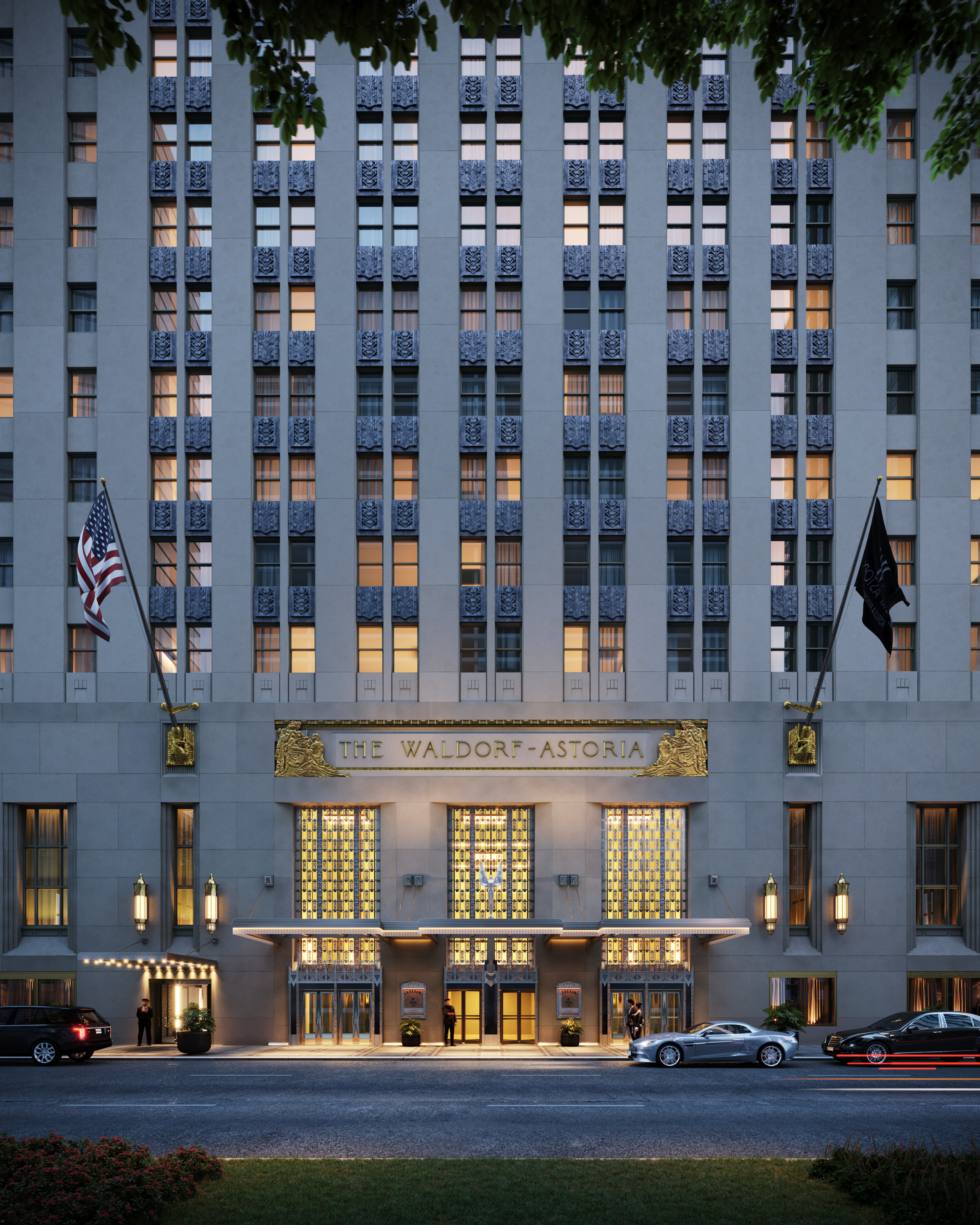 Waldorf Astoria New York review: The Midtown hotel where Frank Sinatra once partied and the salad of the same name was invented emerges from a decade-long renovation
Waldorf Astoria New York review: The Midtown hotel where Frank Sinatra once partied and the salad of the same name was invented emerges from a decade-long renovationOwen Holmes checks into the Waldorf Astoria New York hotel.
-
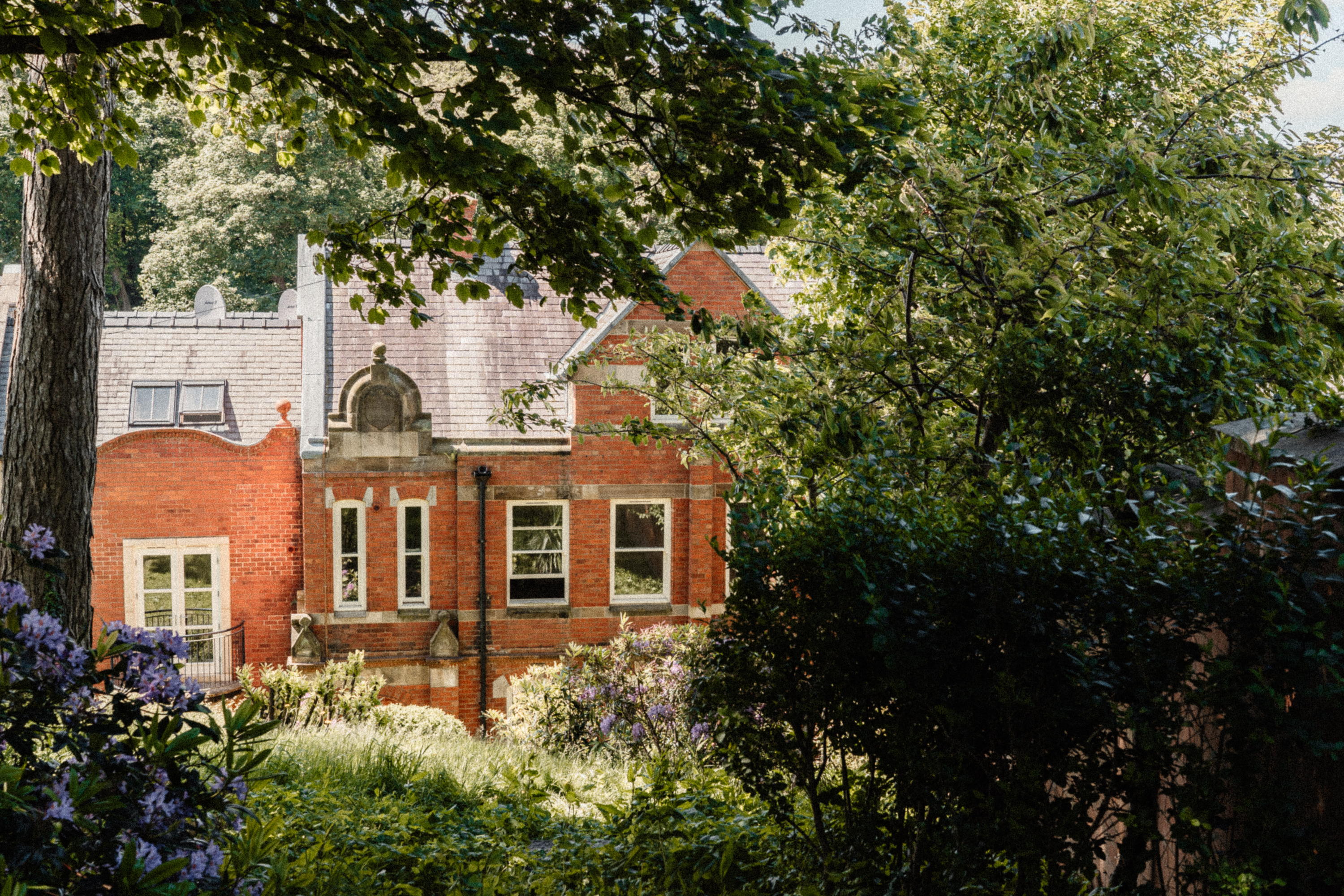 Saltmoore hotel review: The place to stay that's woodland retreat, seaside hotel and spa sanctuary all in one
Saltmoore hotel review: The place to stay that's woodland retreat, seaside hotel and spa sanctuary all in oneSaltmoore, on the North Yorkshire coast, has barely been open a year but is already earning recognition as one of the finest places to stay in Yorkshire. Toby Keel checked in.
-
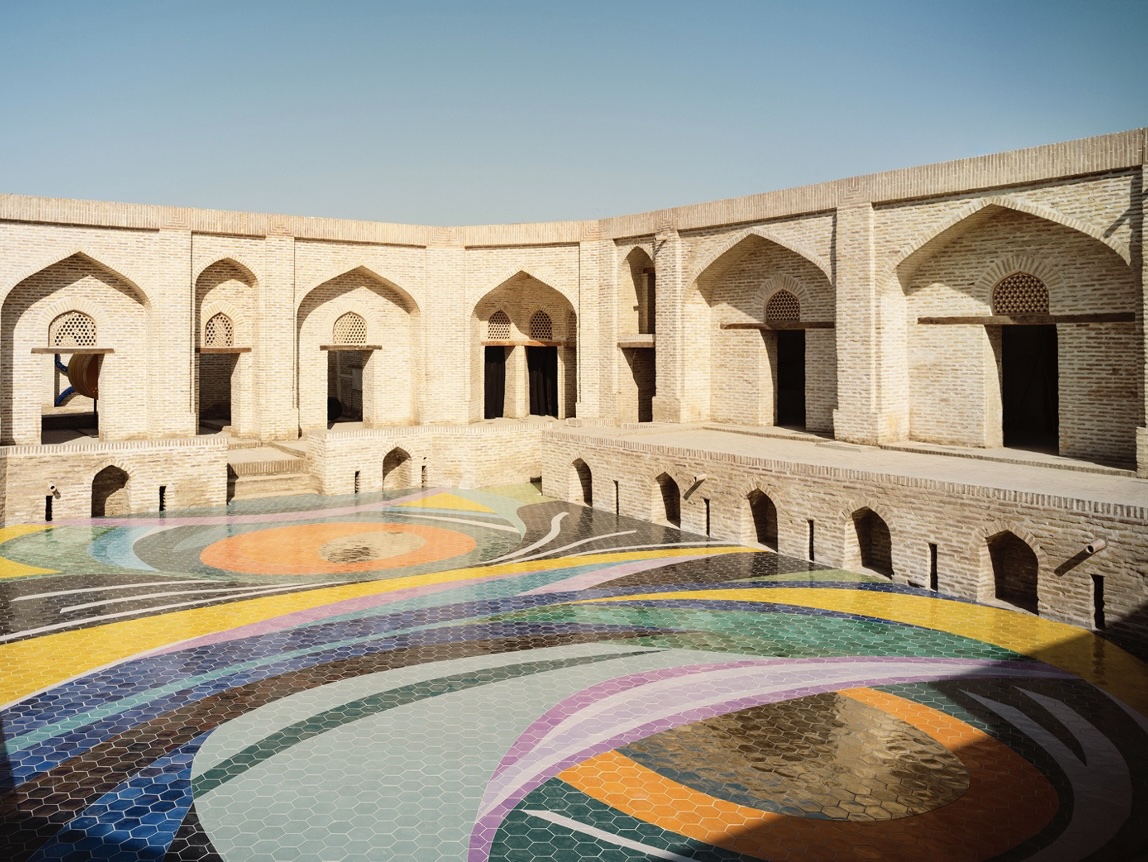 Uzbekistan's inaugural Bukhara Biennial turned traditional ways of displaying art on its head and reignited the traditions of the storied Silk Road
Uzbekistan's inaugural Bukhara Biennial turned traditional ways of displaying art on its head and reignited the traditions of the storied Silk RoadEvery week, the news breaks of another art fair — but the Bukhara Biennial is the one to watch, says Skylar Pinchal Coysh.
-
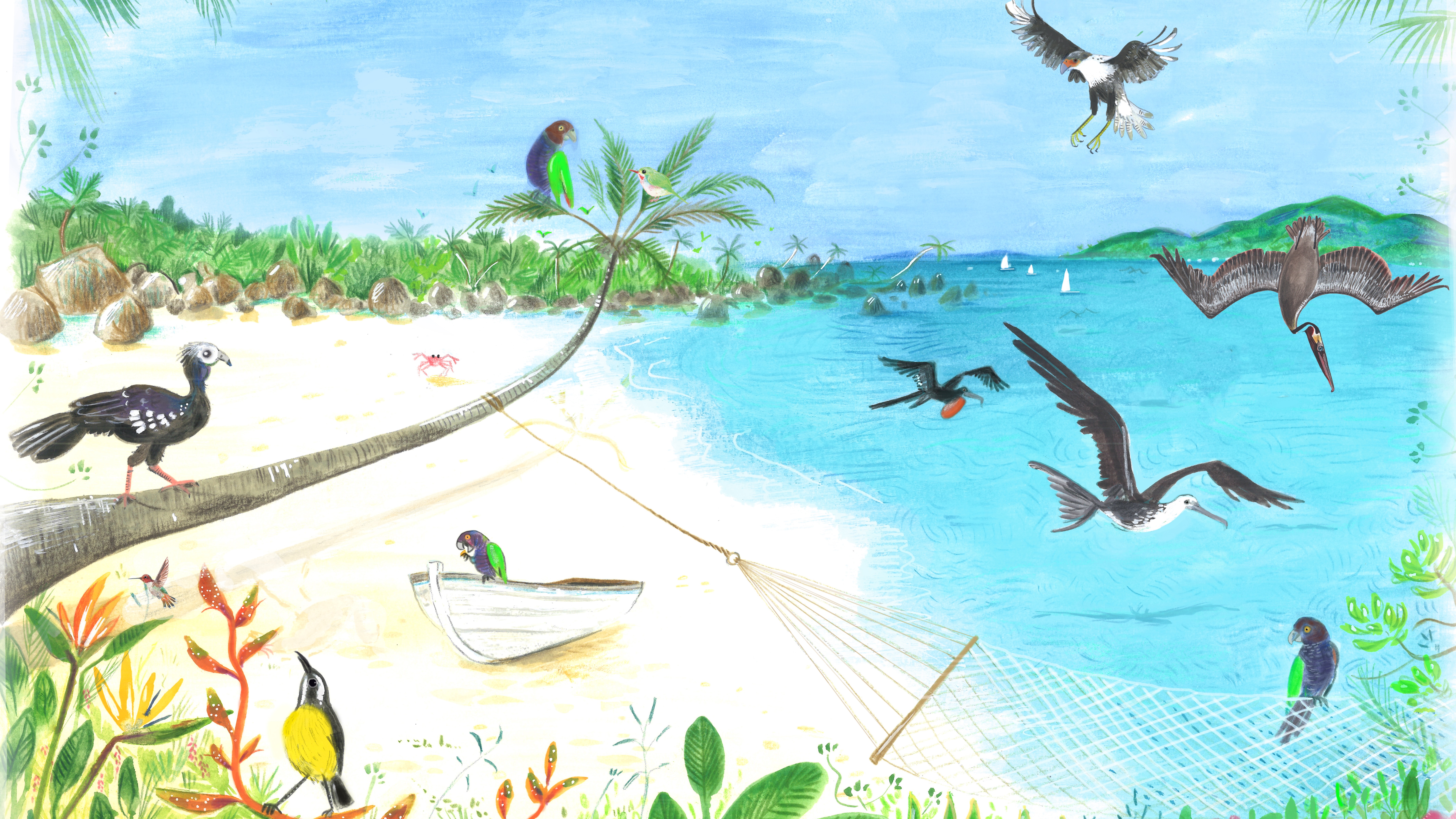 From the Caribbean with love: The other James Bond who wrote the definitive guide to tropical birds
From the Caribbean with love: The other James Bond who wrote the definitive guide to tropical birdsThe Caribbean plays host to a brilliant spectrum of colourful avians, says John Lewis-Stempel, as he revels in a birdwatcher’s paradise. Illustrations by Annabelle King.
-
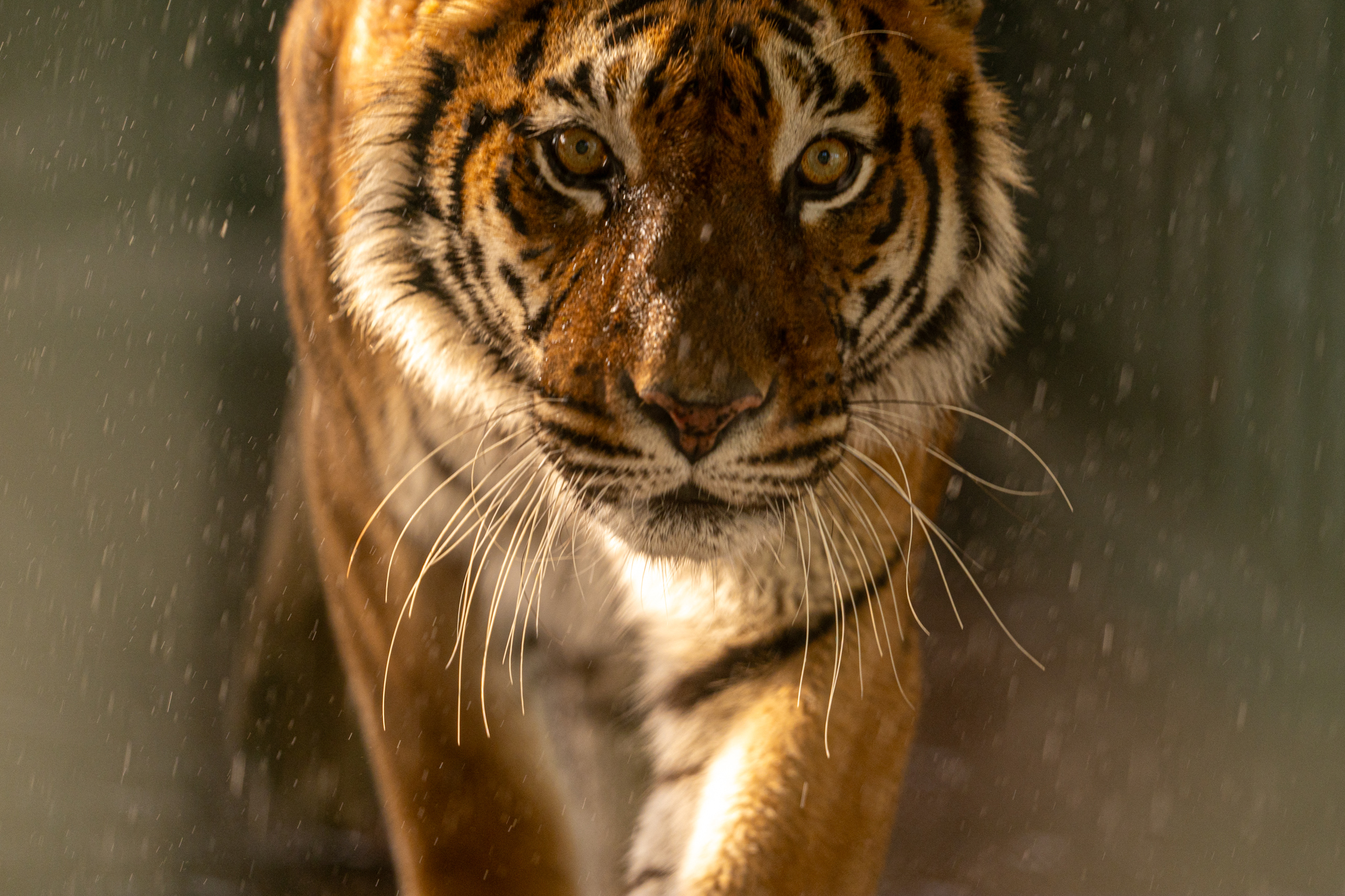 ‘We were off again in a cloud of dust, on the trail of a tiger we eventually ended up making eye contact with’: The art of the Indian safari
‘We were off again in a cloud of dust, on the trail of a tiger we eventually ended up making eye contact with’: The art of the Indian safariAn Indian safari is a ‘is a study in patience and intuition’, but that’s no bad thing, says Richard MacKichan.
